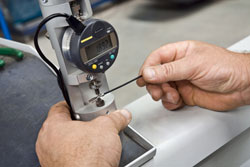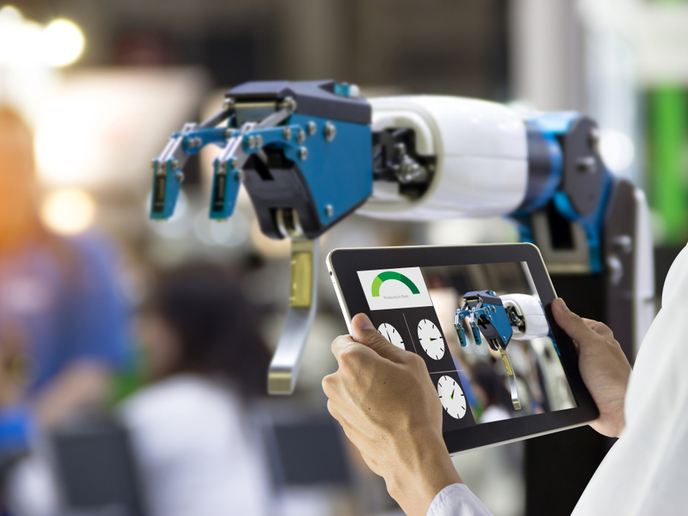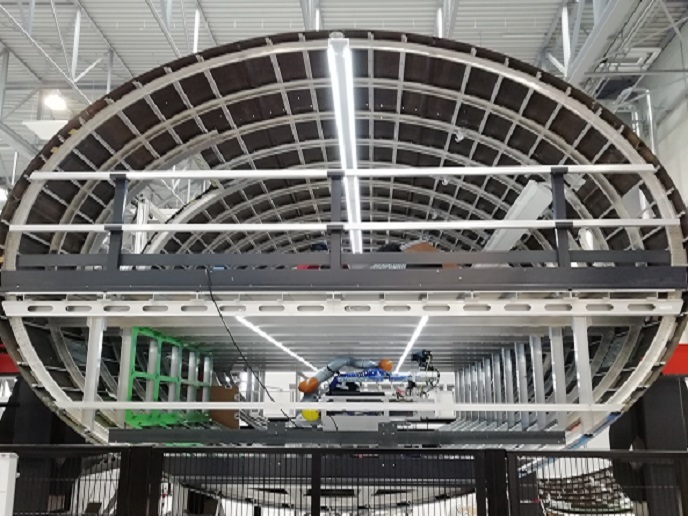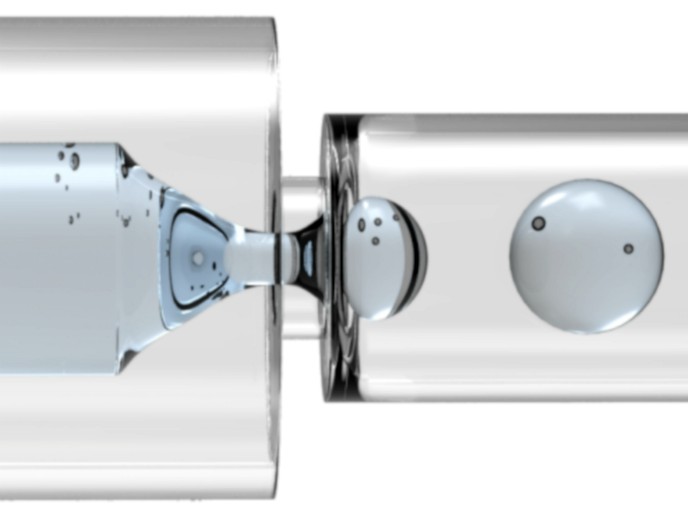For more reliable computerised inspection of grinding parts
Aiming to increase the cost-efficiency and reliability in non-destructive investigations the INDET project introduced information and communication technology in these processes. The project work focused on building a virtual working environment for manufacturers and non-destructive testing (NDT) inspection companies. A few examples of project results include innovative multimedia maintenance manuals and web-based systems for investigation processes. Minimisation of the 'human factor' in inspection can significantly improve the reliability in measurement results. Part of project work centred on advanced data/information processing for remote inspection set-up and diagnosis. The CATIA v5 software tool was exploited to provide the inspector with increased visualisation capabilities of three dimensional data. With the aid of product data management software users can access product data from conception to support providing only a good overview of the required testing environment. Dassault Aviation S.A. worked towards optimisation of the shape and sampling of the scanning curve to accurately cover the defined inspection designed area. More specifically, the same technique used for deriving corrected two dimensional NDT images was applied for controlling the meshing of the part through a representative scanning curve. The retrieved information concerning each point of inspection measurement of the scanning trajectory was analysed to create a three dimensional corrected NDT image of the inspection in ASCII format. Visual functions of CATIA v5 provide the cross correlation matrix between a plane curve and the part surface. Most importantly, the operator is capable to set the sampling steps for the main displacement and the trajectory curve.







